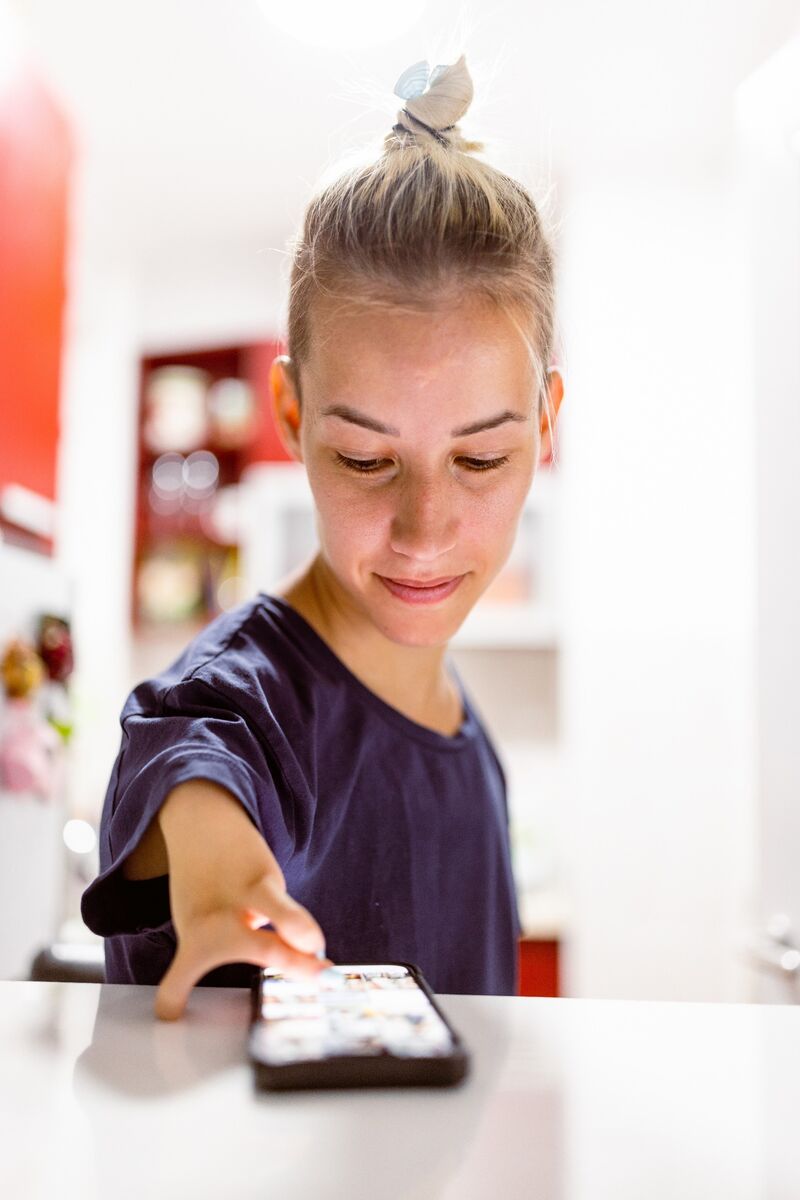
If you’re anything like me, you interact more with friends and family via social media than you do face to face. Not only that, but I use social media as my primary source of news and entertainment. I even use social media for professional correspondences, and most businesses rely on social media for promotion and outreach. This is not a groundbreaking sentiment, but social media is the dominating communication channel in our culture. So, it’s no surprise we continue to see more attention toward social media accessibility from content creators, consumers, and administrators.
Inaccessibility in social media sends the same message as the absence of a ramp where stairs are the only means of entrance. It tells people with disabilities, “You are not welcome here.” People with disabilities, just as people without disabilities, rely on social media for community building, news updates, and professional communication. People with certain disabilities may not be able to easily socialize in person, so they rely on social media as their primary source of communication. When you post inaccessible content, you exclude a large portion of your audience. Social media accessibility should be a priority for the sake of inclusion; however, at the end of the day, inaccessibility is also poor business, and you could be losing out on many potential customers. On the other hand, people with disabilities are known to show loyalty toward brands and organizations who keep accessibility at the forefront of their work.
So, how do you ensure your social media content is accessible? There are some principles to keep in mind across the board. These include, but are not limited to, the following:
- Adding alternative text (alt text) to images
- Ensuring videos are captioned through open or closed captioning
- Using plain language in text posts
- Writing hashtags in pascal/camel case for better screen reader compatibility (#PascalCase instead of #pascalcase)
- Avoiding replacing words with emojis
- Including hashtags, emojis, and links at the end of the main content/body of the post, not in the middle of it
How exactly do you add alt text to images? How do you add captions to videos? The answer, as usual, is “it depends.” The process for adding alt text to images in Facebook is different from LinkedIn, which is different from Instagram, and so on. The best places to go to learn how to make social media content accessible across various platforms are often the platforms themselves. Most social media platforms have information, guides, tutorials, and training readily available to teach users how to use their accessibility features. The following are links to the accessibility sections of major social media platforms:
If you’re unable to find the information you need through social media platforms themselves, reach out to us! We have many folks in our office with vast social media knowledge who may be able to help.